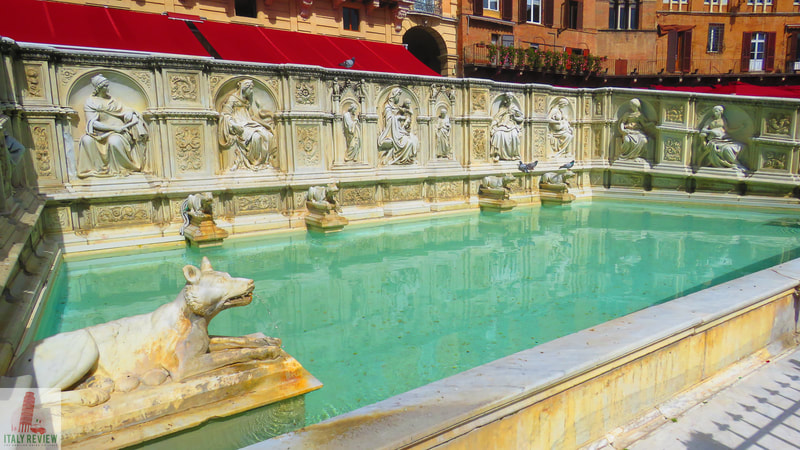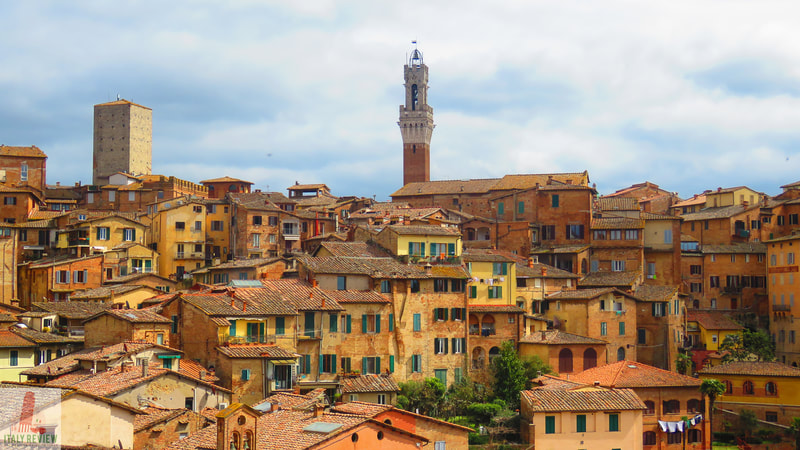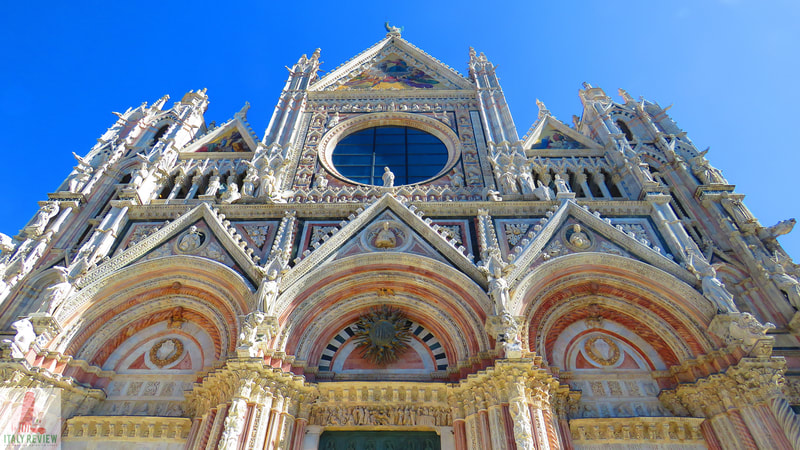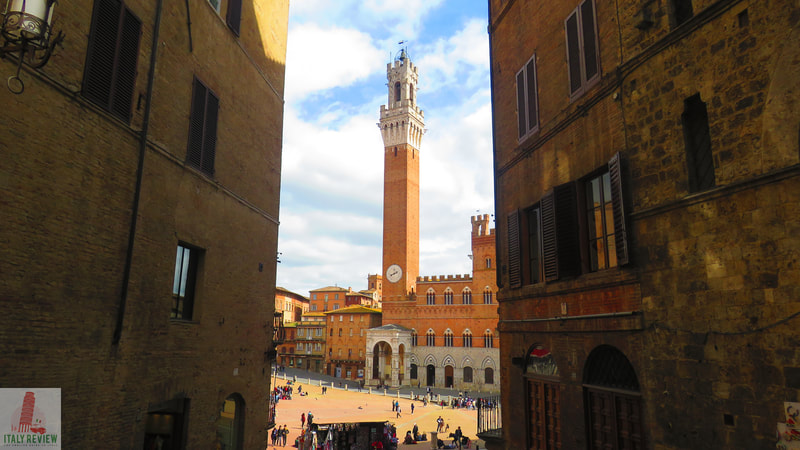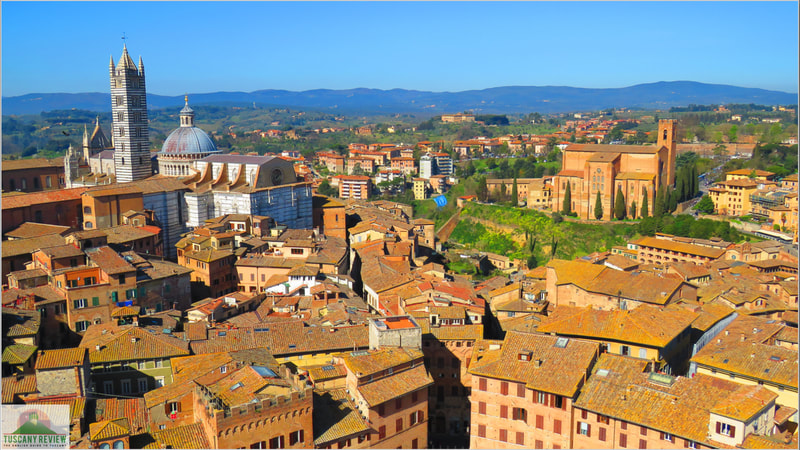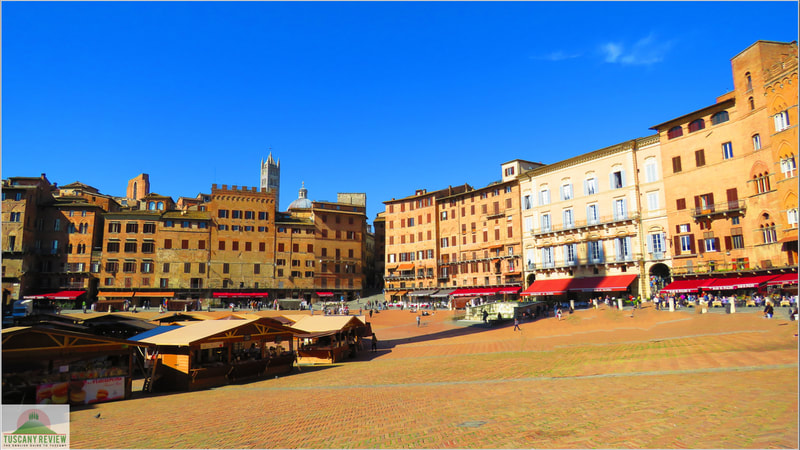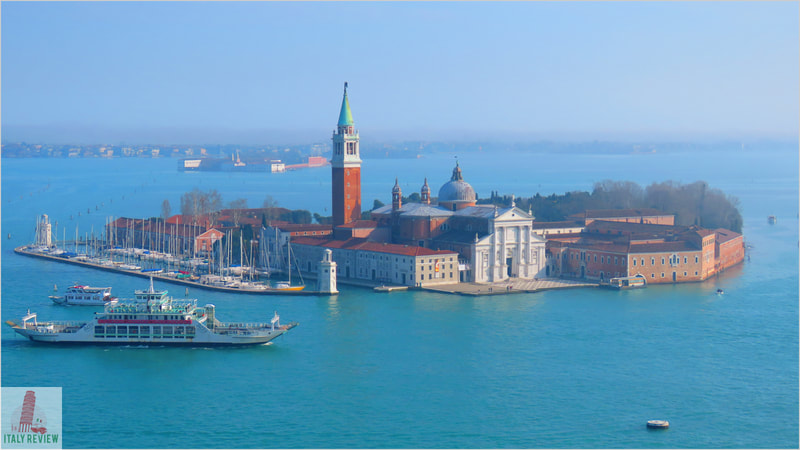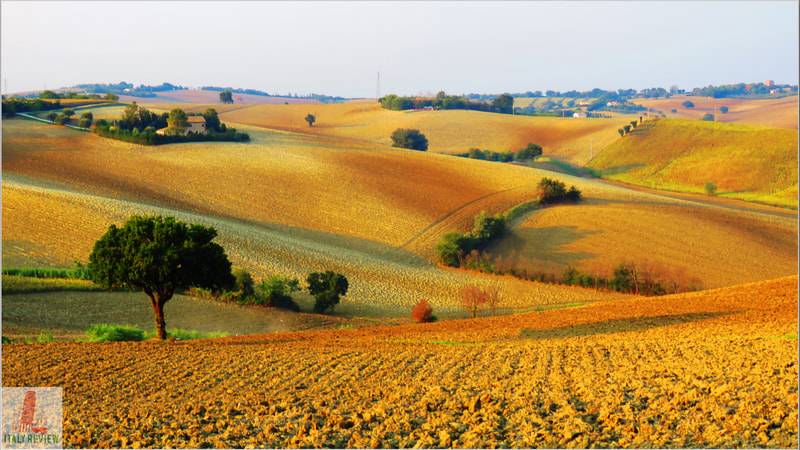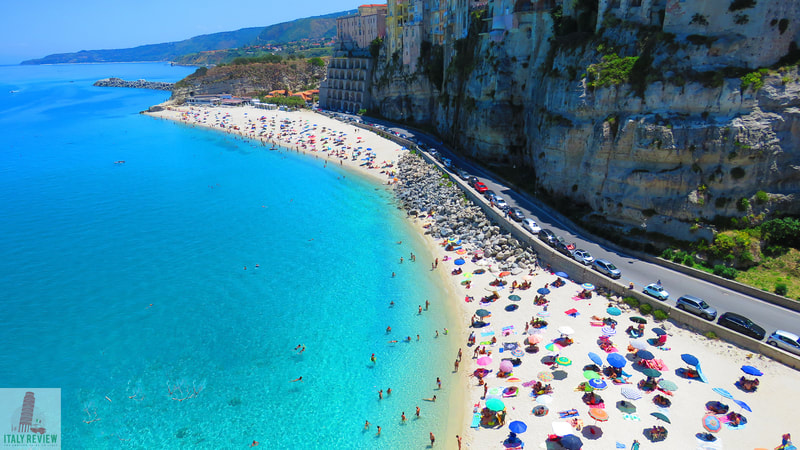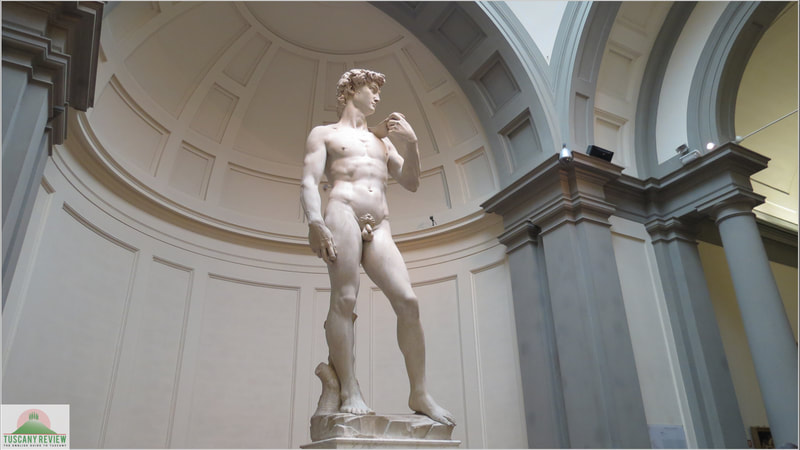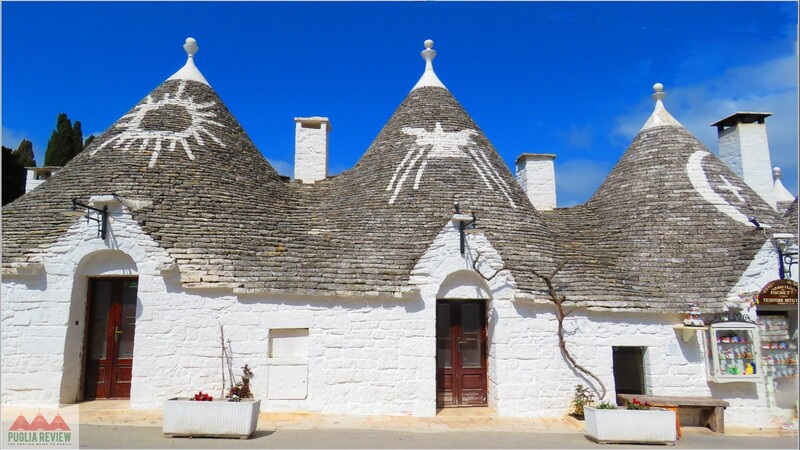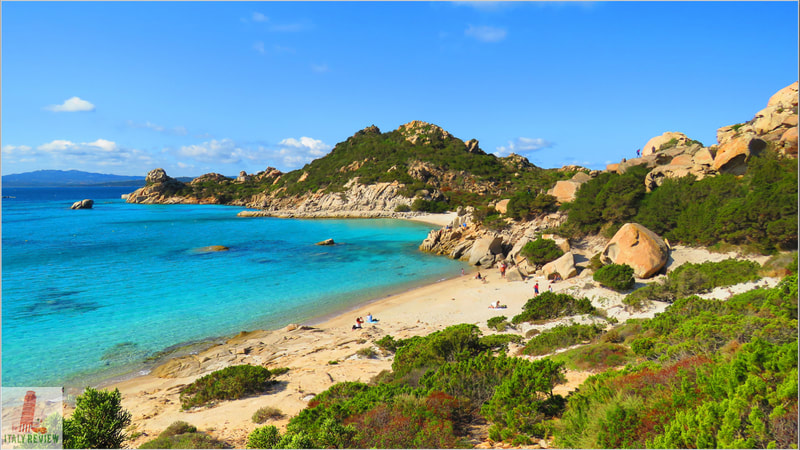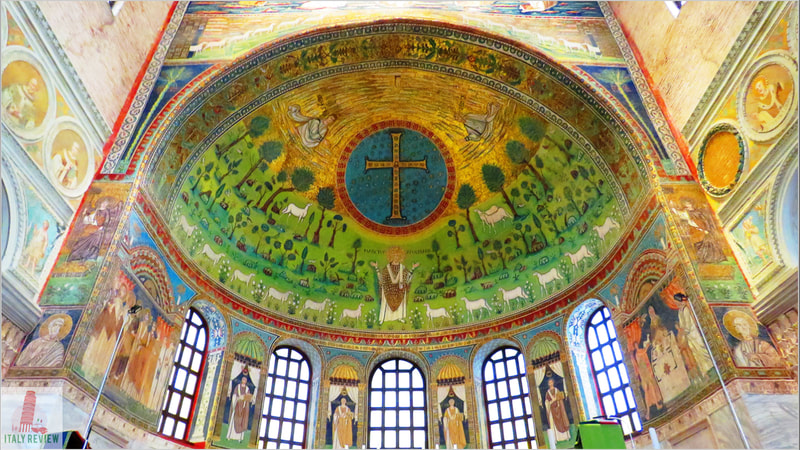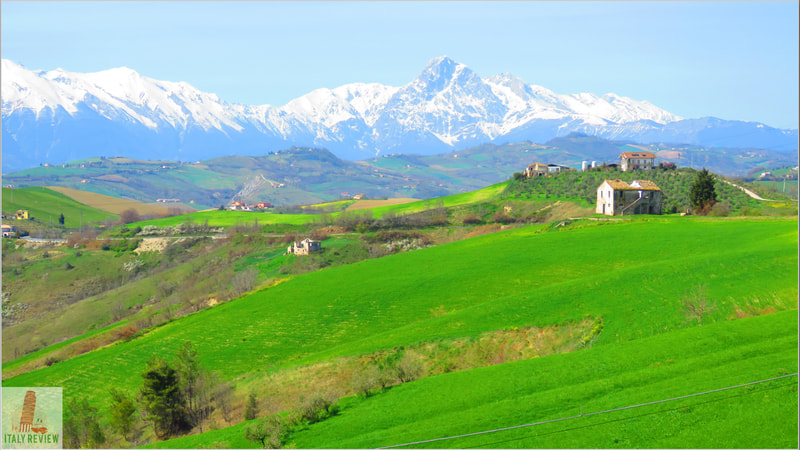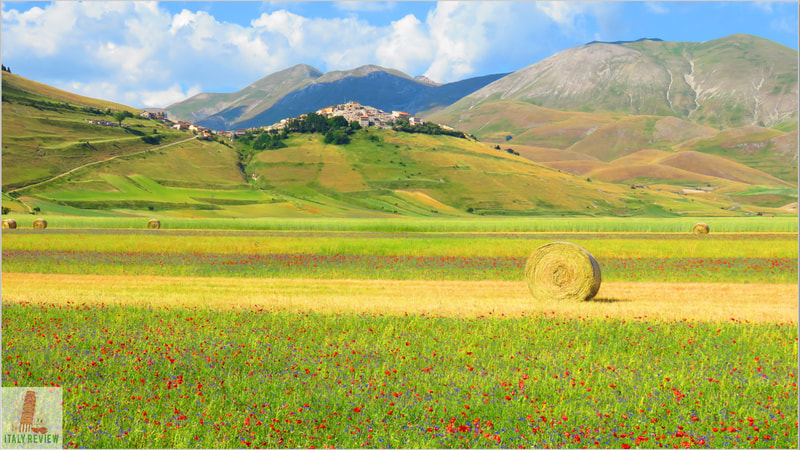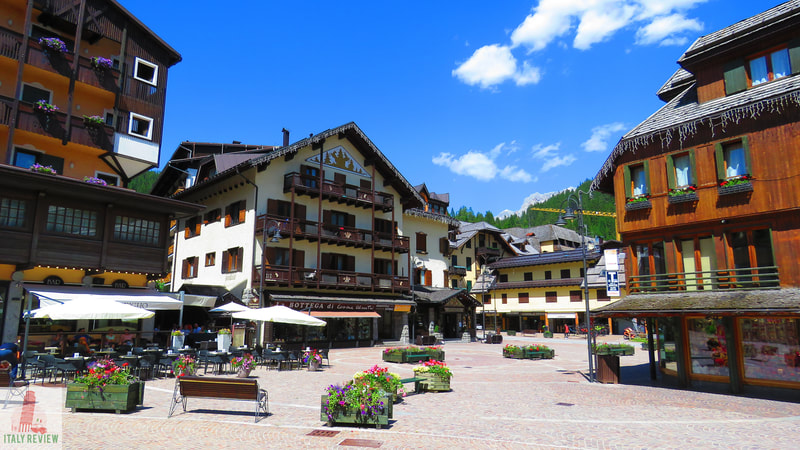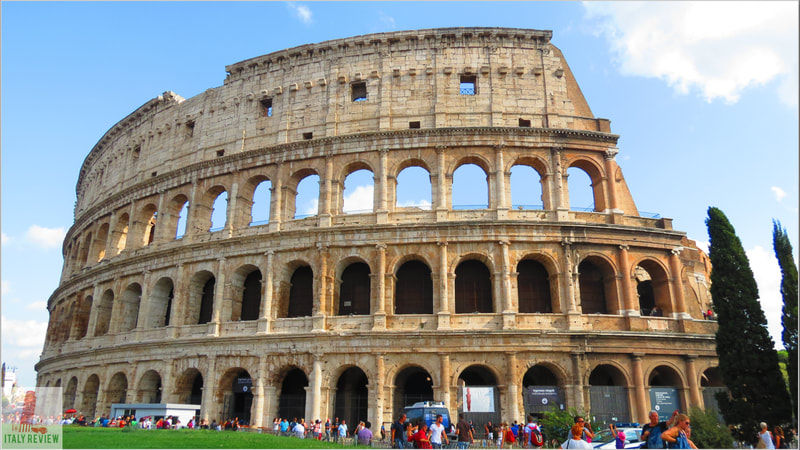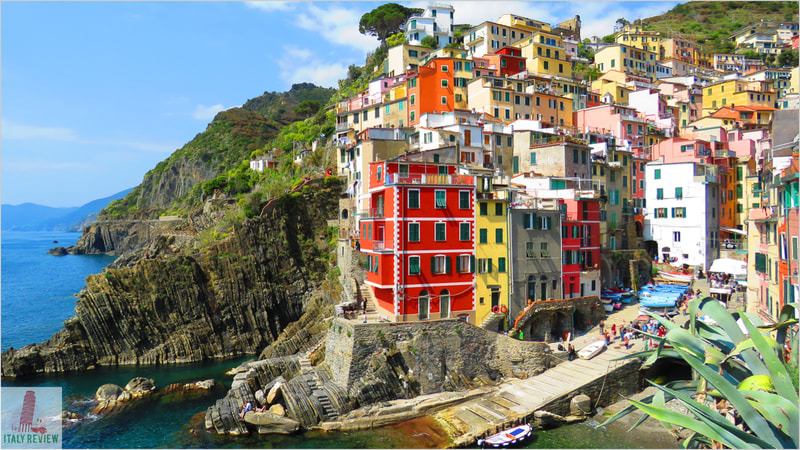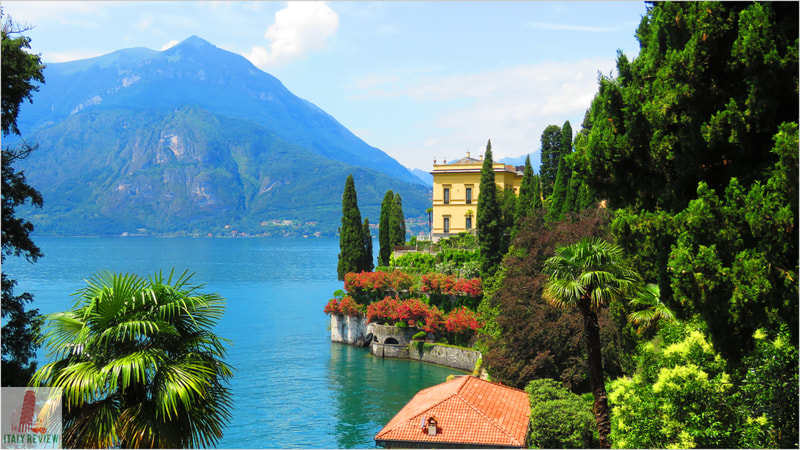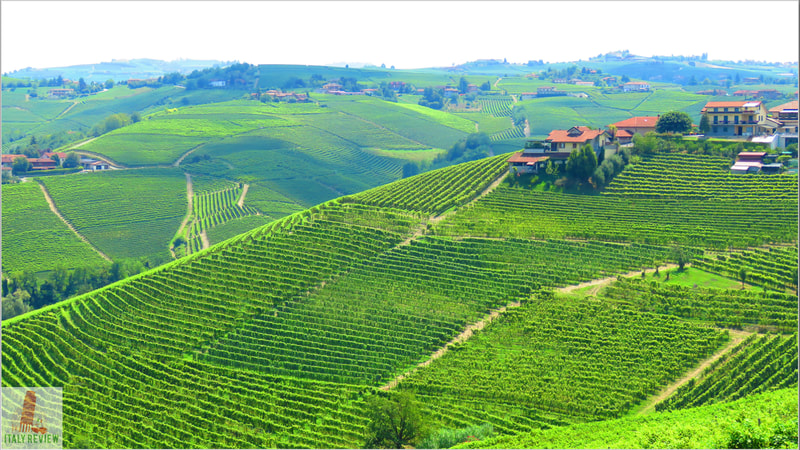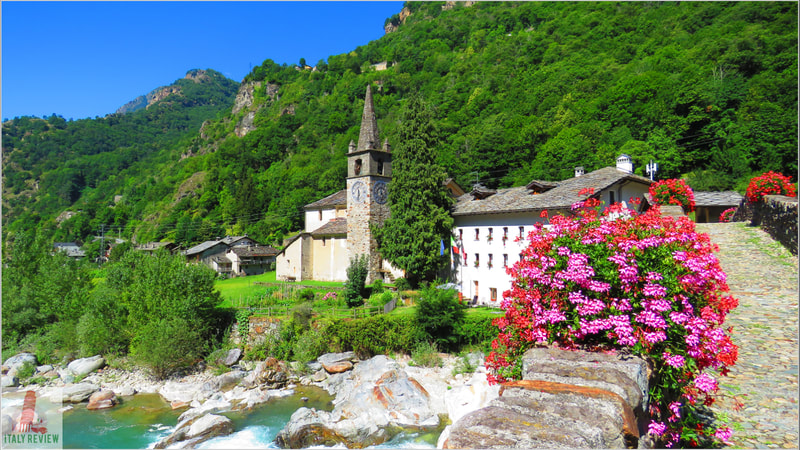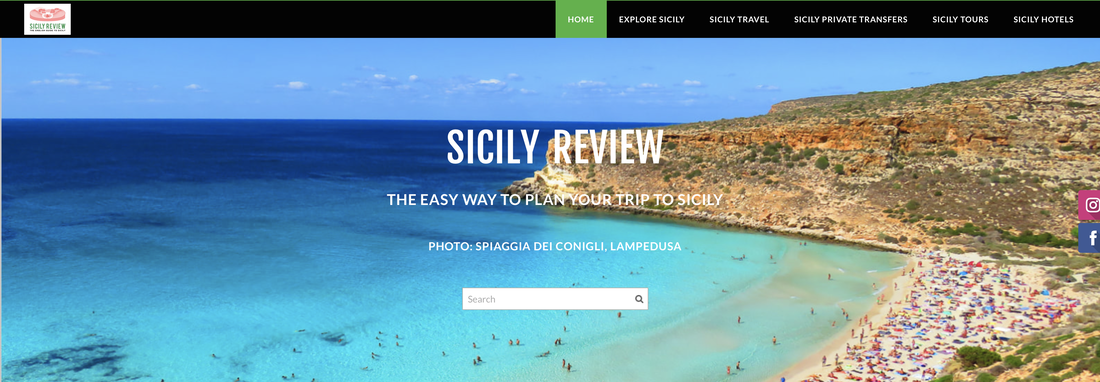Siena
|
By Dion Protani
|
Latest update: 30 December 2023
|
|
The city of Siena is an official comune and capital of the Siena Province with a population of 54,123 on 1 January 2022.
Standing at an elevation of 322 metres above sea level, it covers a total area of 118 km² and lies 63 kilometres south of Florence, the regional capital of Tuscany. Whenever I'm away from Italy, I often find myself closing my eyes and imagining the sound of church bells on a bright, spring morning. The place I imagine myself in on those occasions is Siena. |
Related links
History of Siena
In a country where history seeps out of the pores and beauty is thrust at you from every angle, the rather small city of Siena somehow seems to elevate itself above everything else. It's a place with a fairy tale feel to it, where what you're looking at doesn't quite seem real.
Siena dates back to the time of the Etruscans but it is a later part of its history that captures the imagination and whose influence is so tangible with its legacy of Gothic architecture. The Republic of Siena lasted for 430 years from 1125 to 1555, a period considered to be the city's golden age. During this time, Siena was one of the most important cities in Europe, rivalling Paris for size, with much of its wealth owed to the burgeoning wool trade.
A slow period of decline started with the Black Death in 1348 which reduced the city's population from over 100,00 to around 30,000; less than 1 in 3 inhabitants surviving the destructive pandemic. Two hundred years later, war with rival Florence, aided by Spain, had an even greater detrimental effect, one from which the city never recovered. Even to this day, a population of less than 60,000 for a city of such age and importance is tiny compared to many that have little of Siena's charm and history.
It is something of a miracle that Siena survived any serious damage during World War Two and we can all now enjoy what is in effect, a grand, open-air museum dedicated to the medieval and Renaissance periods. A UNESCO World Heritage site since 1995, it won its inscription as "the embodiment of a medieval city" and was described by the same organisation as "a work of art".
In a country where history seeps out of the pores and beauty is thrust at you from every angle, the rather small city of Siena somehow seems to elevate itself above everything else. It's a place with a fairy tale feel to it, where what you're looking at doesn't quite seem real.
Siena dates back to the time of the Etruscans but it is a later part of its history that captures the imagination and whose influence is so tangible with its legacy of Gothic architecture. The Republic of Siena lasted for 430 years from 1125 to 1555, a period considered to be the city's golden age. During this time, Siena was one of the most important cities in Europe, rivalling Paris for size, with much of its wealth owed to the burgeoning wool trade.
A slow period of decline started with the Black Death in 1348 which reduced the city's population from over 100,00 to around 30,000; less than 1 in 3 inhabitants surviving the destructive pandemic. Two hundred years later, war with rival Florence, aided by Spain, had an even greater detrimental effect, one from which the city never recovered. Even to this day, a population of less than 60,000 for a city of such age and importance is tiny compared to many that have little of Siena's charm and history.
It is something of a miracle that Siena survived any serious damage during World War Two and we can all now enjoy what is in effect, a grand, open-air museum dedicated to the medieval and Renaissance periods. A UNESCO World Heritage site since 1995, it won its inscription as "the embodiment of a medieval city" and was described by the same organisation as "a work of art".
The Palio
History comes to the fore in Siena twice every year, on 2nd July and 16th August when the Palio horse race takes place in the city's incredible main square. Piazza del Campo, or simply "Il Campo", was built in the 14th century and is the centrepiece of Siena. On those two dates of the year, packed crowds fill the Piazza with noise and colour, hoping against hope to get a vantage point from which to cheer on their heroes.
Siena is divided into 17 districts known as Contrade, and each Contrada has an entrant in the race, sporting their district's colours. This is no gimmick for tourists; it's a serious race, the winners cheered as wildly as in any football match or criticised in equal measure for defeat. The system of Contrade is the fabric that keeps the Siense social system intact and each Contrada's colours are a source of great pride; even the waving of the flags is important and thoroughly practised in anticipation of the events.
History comes to the fore in Siena twice every year, on 2nd July and 16th August when the Palio horse race takes place in the city's incredible main square. Piazza del Campo, or simply "Il Campo", was built in the 14th century and is the centrepiece of Siena. On those two dates of the year, packed crowds fill the Piazza with noise and colour, hoping against hope to get a vantage point from which to cheer on their heroes.
Siena is divided into 17 districts known as Contrade, and each Contrada has an entrant in the race, sporting their district's colours. This is no gimmick for tourists; it's a serious race, the winners cheered as wildly as in any football match or criticised in equal measure for defeat. The system of Contrade is the fabric that keeps the Siense social system intact and each Contrada's colours are a source of great pride; even the waving of the flags is important and thoroughly practised in anticipation of the events.
Sightseeing Siena - Piazza Campo
Outside of the Palio days, the city is perhaps at its best, allowing you to walk freely around its narrow, pedestrianised streets to visit its panoply of sights. The best place to start any tour of Siena is Il Campo. The huge, sloping square is the centre of life in the city, particularly on market days, and from here it's just a short walk to everywhere else. The most dominant building on the square is the Palazzo Pubblico which houses the Museo Civico with its collection of frescoes by Martini and Lorenzetti.
Just to the left of the Palazzo Pubblico and unmissable is the 14th century Torre del Mangia. Climbing the narrow staircase to the top of the 88 metre high tower is no mean feat and not for the feint-hearted, but those efforts are handsomely rewarded by the views. From here you can look down on to Siena's characteristic rooftops and start to take in your surroundings or even perhaps pick out the places you plan to visit next.
Outside of the Palio days, the city is perhaps at its best, allowing you to walk freely around its narrow, pedestrianised streets to visit its panoply of sights. The best place to start any tour of Siena is Il Campo. The huge, sloping square is the centre of life in the city, particularly on market days, and from here it's just a short walk to everywhere else. The most dominant building on the square is the Palazzo Pubblico which houses the Museo Civico with its collection of frescoes by Martini and Lorenzetti.
Just to the left of the Palazzo Pubblico and unmissable is the 14th century Torre del Mangia. Climbing the narrow staircase to the top of the 88 metre high tower is no mean feat and not for the feint-hearted, but those efforts are handsomely rewarded by the views. From here you can look down on to Siena's characteristic rooftops and start to take in your surroundings or even perhaps pick out the places you plan to visit next.
Around Piazza del Duomo
After Il Campo, the most important sight in Siena is the dazzling Cathedral. Originally built in the 13th century, it represents one of the best examples of Italian Gothic/Romanesque architecture in the whole country. The courageous can enjoy dizzying views of the Cathedral from its roof and dome, known as the Porta del Cielo (Heaven's Gate), a tour that needs to be booked in advance and is restricted to a maximum of 18 people at a time. Within the Cathedral complex there's a museum devoted to its treasures: the Museo dell'Opera del Duomo.
The Cathedral is situated on Piazza del Duomo along with the Santa Maria della Scala. Once a hospital, the Santa Maria della Scala is now a museum/art gallery displaying original frescoes among its most highly-prized exhibits. Heading away from Piazza del Duomo and behind the cathedral, you reach the staircase of Piazza San Giovanni, home to the Baptistery of San Giovanni. A ten minute walk south of the Baptistery brings you to one of the most important museums in the city: the Pinacoteca Nazionale di Siena.
After Il Campo, the most important sight in Siena is the dazzling Cathedral. Originally built in the 13th century, it represents one of the best examples of Italian Gothic/Romanesque architecture in the whole country. The courageous can enjoy dizzying views of the Cathedral from its roof and dome, known as the Porta del Cielo (Heaven's Gate), a tour that needs to be booked in advance and is restricted to a maximum of 18 people at a time. Within the Cathedral complex there's a museum devoted to its treasures: the Museo dell'Opera del Duomo.
The Cathedral is situated on Piazza del Duomo along with the Santa Maria della Scala. Once a hospital, the Santa Maria della Scala is now a museum/art gallery displaying original frescoes among its most highly-prized exhibits. Heading away from Piazza del Duomo and behind the cathedral, you reach the staircase of Piazza San Giovanni, home to the Baptistery of San Giovanni. A ten minute walk south of the Baptistery brings you to one of the most important museums in the city: the Pinacoteca Nazionale di Siena.
Siena's sweet treat: Panforte
Away from sightseeing you'll certainly need some time to sit down and reflect on what you've seen. The best place to simply watch the world go by is of course Piazza del Campo which has an excellent range of bars and restaurants to choose from.
Also, keep an eye out in the shops for the most famous Senese sweet: Panforte. The chewy fruit and nut cake originated in Turkey and was introduced to Siena by returning crusaders. There are dozens of shops that sell it and a large number of varieties to choose from.
Away from sightseeing you'll certainly need some time to sit down and reflect on what you've seen. The best place to simply watch the world go by is of course Piazza del Campo which has an excellent range of bars and restaurants to choose from.
Also, keep an eye out in the shops for the most famous Senese sweet: Panforte. The chewy fruit and nut cake originated in Turkey and was introduced to Siena by returning crusaders. There are dozens of shops that sell it and a large number of varieties to choose from.
Close to Siena
There is no shortage of places of interest close to Siena; immediately north is the evocative hill town of Monteriggioni and the same road will take you to Colle di Val d'Elsa. A little further on, San Gimignano and Volterra are both highly recommended and within an hour's drive from Siena while heading south there's the incomparable valley region the Val d'Orcia and its signature town: Pienza.
There is no shortage of places of interest close to Siena; immediately north is the evocative hill town of Monteriggioni and the same road will take you to Colle di Val d'Elsa. A little further on, San Gimignano and Volterra are both highly recommended and within an hour's drive from Siena while heading south there's the incomparable valley region the Val d'Orcia and its signature town: Pienza.
Comune di Siena
|
Province: Siena
Region: Tuscany Population: 53,062 (source: ISTAT 1 January 2023) Size: 118 km² Elevation: 322 metres Top sights: Piazza del Campo, Siena Cathedral, Torre del Mangia Recommended accommodation: Hotel Athena Close by: Monteriggioni, Colle di Val d'Elsa, Buonconvento, Pienza |
UNESCO World Heritage Site
Historic Centre of Siena
Year: 1995
Historic Centre of Siena
Year: 1995
Siena Travel
Siena's train station is located two kilometres from the city centre, a 25 minute walk from Piazza Campo but you can reduce that to 15 minutes by taking a bus some of the way.
The main destination from Siena is north to Florence which is a journey of an hour and 32 minutes. Heading south east you can take a train to Chiusi (1 hour 17 minutes), stopping along the way at nearby Asciano (26 minutes) and the beautiful hill town of Montepulciano (1 hour 2 minutes).
The most convenient airport for Siena is Florence Airport which is an hour away by car (80 km), with Pisa Airport the next best alternative; an hour and a half drive away (119 km).
The main destination from Siena is north to Florence which is a journey of an hour and 32 minutes. Heading south east you can take a train to Chiusi (1 hour 17 minutes), stopping along the way at nearby Asciano (26 minutes) and the beautiful hill town of Montepulciano (1 hour 2 minutes).
The most convenient airport for Siena is Florence Airport which is an hour away by car (80 km), with Pisa Airport the next best alternative; an hour and a half drive away (119 km).
|
Fly to: Florence Airport - 1 hour 9 minutes by car (86 km)
By train: Asciano - 26 minutes, Montepulciano - 1 hour 2 minutes |

